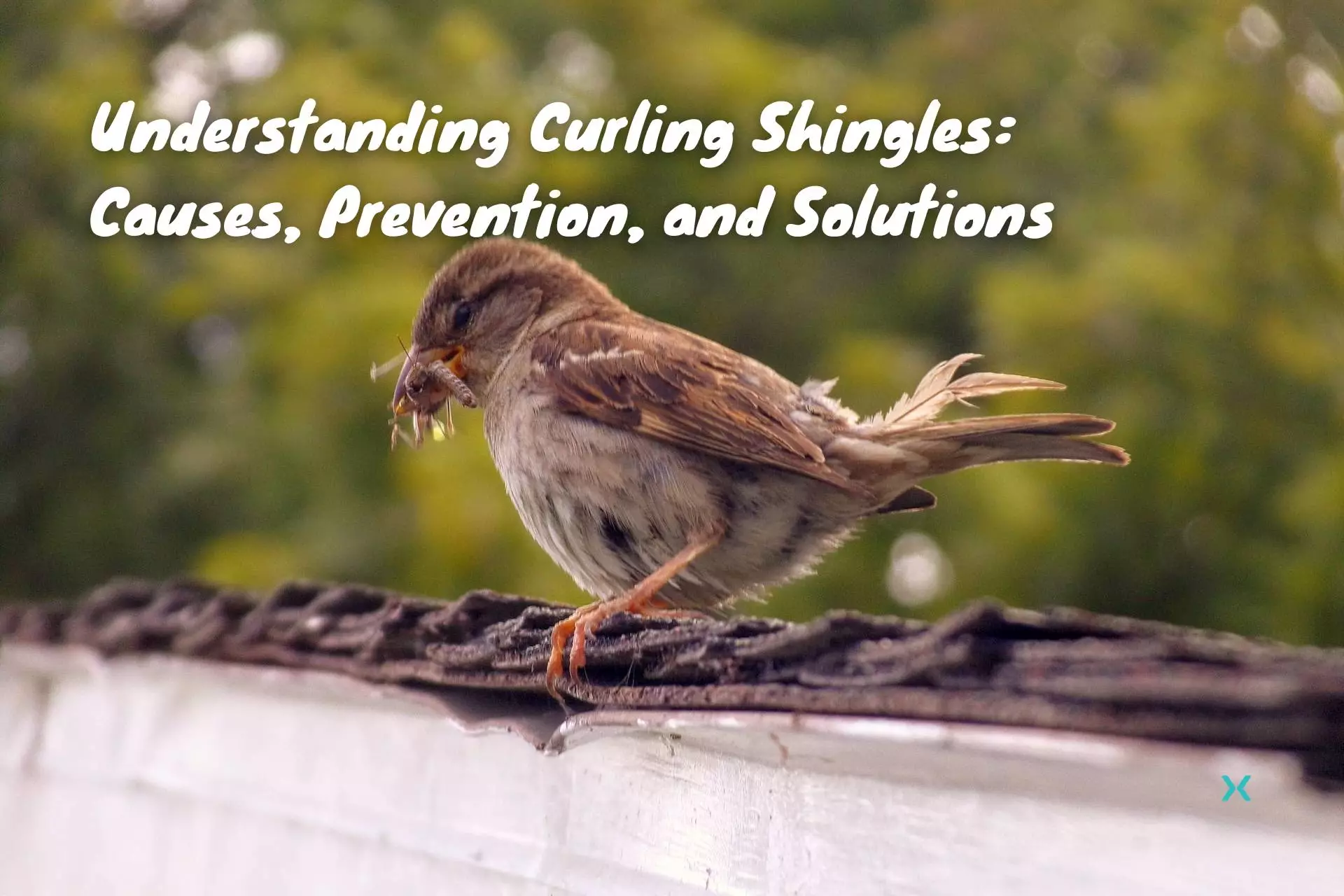🏘️ Understanding Curling Shingles: Causes, Prevention, and Solutions
The roof of your home is one of the most integral parts of its structure. It is what protects your family and your belongings from the elements.
Unfortunately, many homeowners experience issues with their roof shingles, particularly when they start to curl. Curling shingles can be unsightly and ultimately impact your roof’s functionality.
In this article, we will discuss the causes of curling shingles, how to prevent them, and the different solutions available to homeowners.
Table of Contents
🏘️ What Are Curling Shingles?
Curling shingles are a common roofing problem that homeowners may encounter.
They are shingles that have started to warp and buckle, losing their original flatness.
This can be a sign of a more significant issue with your entire roof, which could lead to costly roof repairs down the line.
However, it’s essential to understand that not all curling shingles are created equal.
Some may be minor, while others can be more severe.
In this article, we’ll discuss the characteristics of curling shingles, the common types of shingles affected, and how to prevent them from happening.
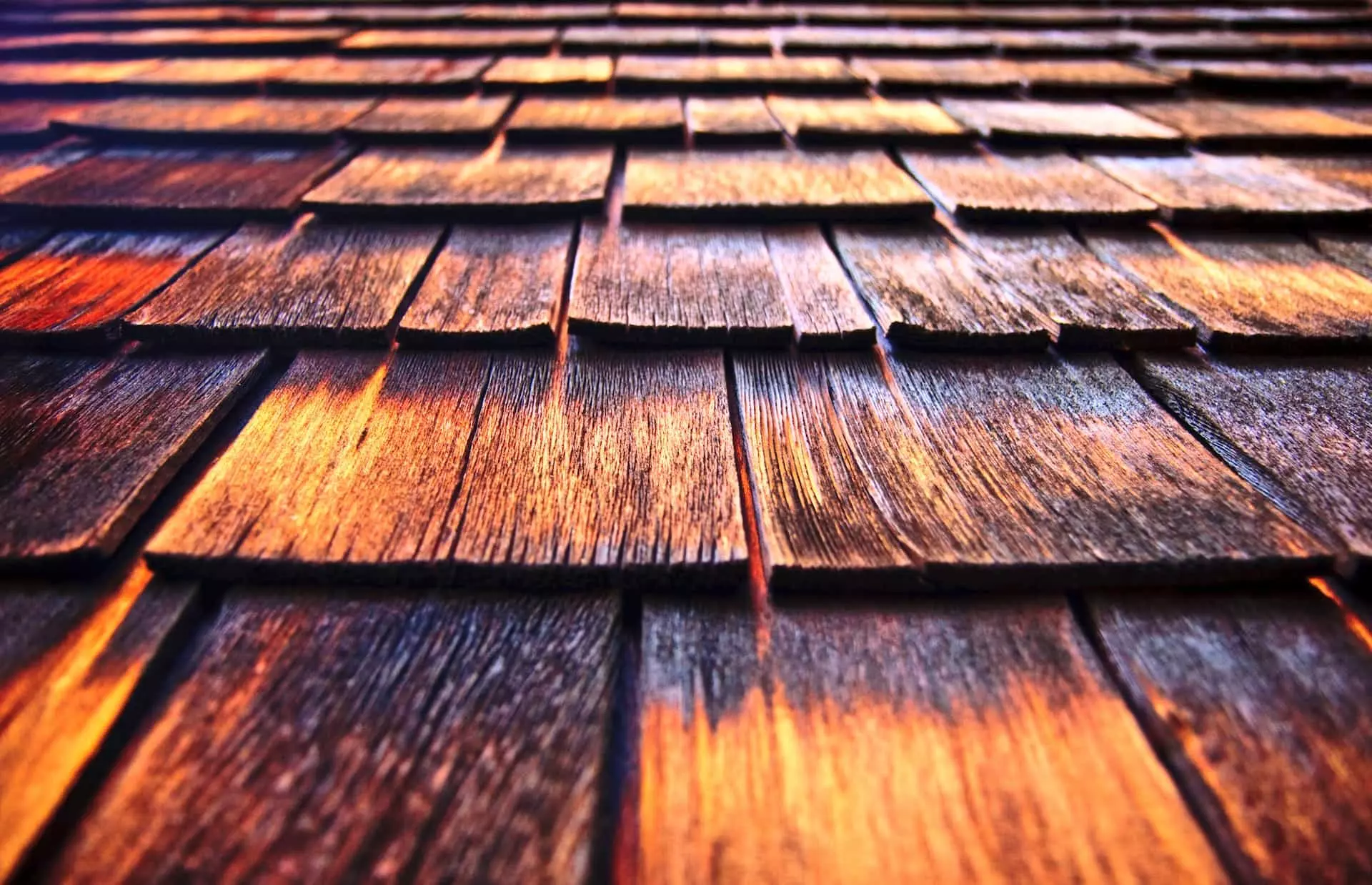
🏚️ Characteristics of Curling Shingles
Curling roofing shingles are easily identifiable.
They often appear to be lifted away from the roof, giving them a curved or wavy appearance.
You may notice that the corners or edges of the shingles are turning upwards, resembling a fish’s lips.
This is known as “fish mouthing,” common in asphalt shingles.
Another characteristic of curling shingles is that they may look like they are being pulled away from the roof.
This can create gaps of moist air between the shingles, making your roof more vulnerable to water damage.
🏚️ Common Types of Shingles Affected by Curling
Curling roof shingles can occur on different shingles, including asphalt, wood, clay, and concrete.
However, asphalt shingles are the most commonly affected by curling.
This is because they are made of a mixture of asphalt and fiberglass, which can be prone to warping and buckling over time.
On the other hand, wood shingles are more resistant to curling but can still be affected by moisture and weathering.
Clay and concrete tiles are also less likely to curl but can crack or break under extreme weather conditions.
🏚️ Preventing Curling Shingles
Preventing curling shingles starts with proper installation and maintenance of your roof.
Ensure your roof is installed by a professional and all shingles are secured correctly.
Regular inspections and maintenance can also help prevent curling shingles.
Keeping your roof clean and free of debris is also essential, which can trap moisture and cause shingles to warp.
Trim any overhanging tree branches that may fall onto your roof and cause damage.
Additionally, ensure your attic is properly ventilated, as excess heat and moisture can cause shingles to deteriorate more quickly.
🏚️ To Recap
Curling shingles can be a sign of a more significant issue with your roof, but they can also be prevented with proper installation and maintenance.
If you notice curling shingles on your roof, addressing the issue promptly is essential to prevent further damage.
Contact a professional roofing contractor to inspect your roof and recommend the best course of action.
🏘️ Causes of Curling Shingles

Curling shingles can be a frustrating and costly problem for homeowners.
Not only do they detract from the appearance of your home, but they can also lead to leaks and other issues.
Understanding the causes of curling shingles can help you prevent this problem from occurring and ensure the longevity of your roof.
❌ Improper Installation
One of the most common causes of curling asphalt shingles is improper installation.
If your new shingles are not installed correctly, they may be more prone to curling.
For example, using too few or too many nails can affect the stability of the shingle, causing it to curl.
Installing shingles in cold weather can also be problematic, as the shingles may not have had a chance to adhere to the roof correctly.
Similarly, not using enough adhesive can cause shingles to lift and curl.
To ensure that your shingles are properly installed, hiring a reputable roofing contractor with experience in installing the type of shingles you have is essential.
They will be able to ensure that the shingles are installed correctly, with the right number of nails and adhesive, and at the appropriate temperature.
❌ Poor Ventilation
In addition to proper installation, poor attic ventilation is another crucial factor in preventing curling shingles.
If your attic or roof space is not ventilated correctly, it can cause the roof to overheat, leading to curling shingles.
Proper ventilation is essential to allow heat and moisture to escape from the attic space.
If you suspect that your attic or roof space is not properly ventilated, it’s important to have certified roofing contractors assess the situation.
They can recommend solutions such as installing vents or a fan to improve airflow and prevent overheating.
❌ Age and Wear
Roofs are exposed to the elements, which can weaken them over time.
Aging, wear, and tear can cause shingles to curl and will eventually need to be replaced.
If your roof is approaching the end of its lifespan, it’s important to have it inspected by a professional.
They can assess the condition of your damaged shingles and recommend whether it’s time for a whole roof replacement.
❌ Manufacturing Defects
While rare, manufacturing defects can also cause shingles to curl.
This can occur during the manufacturing process, and in some cases, roofing manufacturers may be liable for replacement.
If you suspect that your roofing shingles may have a defect, it’s important to contact the shingle manufacturer or a professional roofing contractor to assess the situation.
❌ Environmental Factors
Finally, environmental factors such as extreme weather can cause shingles to curl.
Strong winds, hail, and heavy rain can all take a toll on your roof, causing shingles to lift and bend.
Sun exposure, particularly in hot climates, can also cause shingles to warp over time.
While you can’t control the weather, there are steps you can take to minimize its impact on your roof.
For example, trimming trees near your home can reduce the risk of branches falling on your roof during a storm.
Regular roof inspections can also help you identify and address any roof damage before it becomes a bigger problem.
By understanding the causes of curling shingles and taking steps to prevent them, you can ensure the longevity and durability of your roof.
Investing in your roof can pay off in the long run, whether it’s proper installation, ventilation, or maintenance.
🏘️ Prevention of Curling Shingles
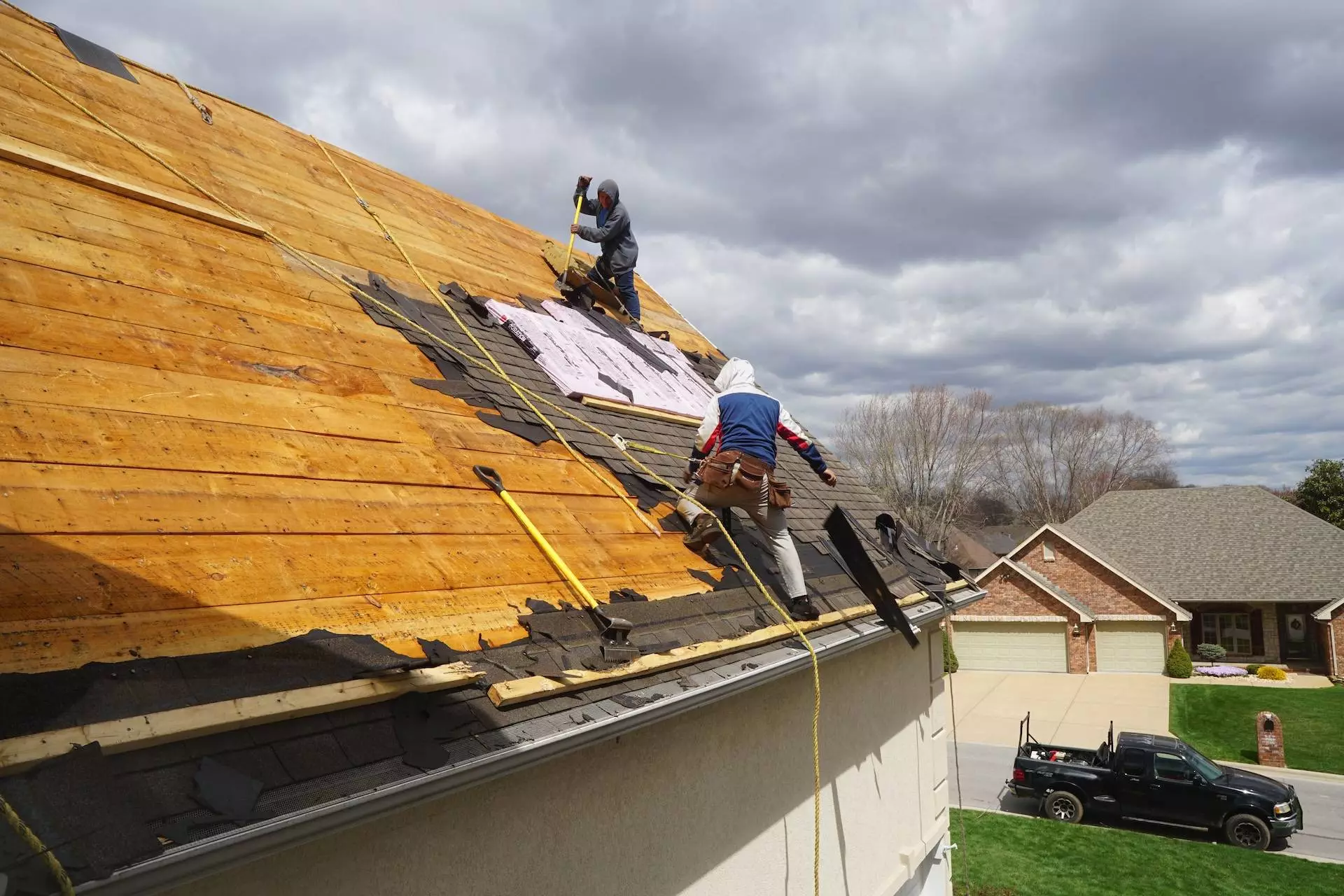
Prevention is always better than cure, and there are several precautions you can take to avoid curling shingles.
These include:
🧰 Proper Installation Techniques
Hiring a professional roofing contractor to install your shingles is crucial.
They will ensure that the existing shingles are installed correctly, reducing the risk of issues such as curling.
The installation process involves several steps, including preparing the roof deck, installing underlayment, and placing the shingles.
A professional roofer will follow these steps precisely, ensuring the shingles are installed correctly and securely.
They will also use the right tools and equipment to install the shingles evenly and without gaps.
Proper installation techniques are essential to prevent curling shingles and ensure the longevity of your roof.
🧰 Ensuring Adequate Ventilation
Make sure that your attic or roof space is adequately ventilated.
This will help ensure that heat and moisture buildup is allowed to escape, preventing the roof from overheating and causing shingles to curl.
Proper attic ventilation is crucial to maintaining the health of your roof.
Heat and moisture can build up in your attic without adequate ventilation, leading to many problems, including mold growth, wood rot, and curling shingles.
Installing vents in your roof or attic can help ensure that air is circulating properly, keeping your roof healthy and free from curling shingles.
🧰 Regular Roof Maintenance
Roof maintenance is essential to ensure that any potential issues are addressed before they turn into expensive repairs.
For example, regular inspections will help you catch any curling shingles early, preventing further damage to your roof.
During a roof inspection, a professional roofer will examine the condition of your shingles, look for signs of damage or wear, and identify any areas that may need repair.
They will also check for proper ventilation and ensure your roof is debris-free.
Regular roof maintenance is an investment in the health of your roof and can help prevent costly repairs down the line.
🧰 Choosing High-Quality Shingles
Better quality shingles can help reduce the risk of curling.
Spend a little more on quality shingles, and you may avoid expensive repairs in the future.
High-quality shingles are made from durable materials that can withstand the elements and resist curling.
They are also designed to be installed correctly, ensuring they lay flat and do not curl over time.
When choosing shingles, look for those with a high wind rating and an extended warranty period.
These shingles are designed to last and help keep your roof healthy and free from curling shingles.
🏘️ Solutions for Curling Shingles
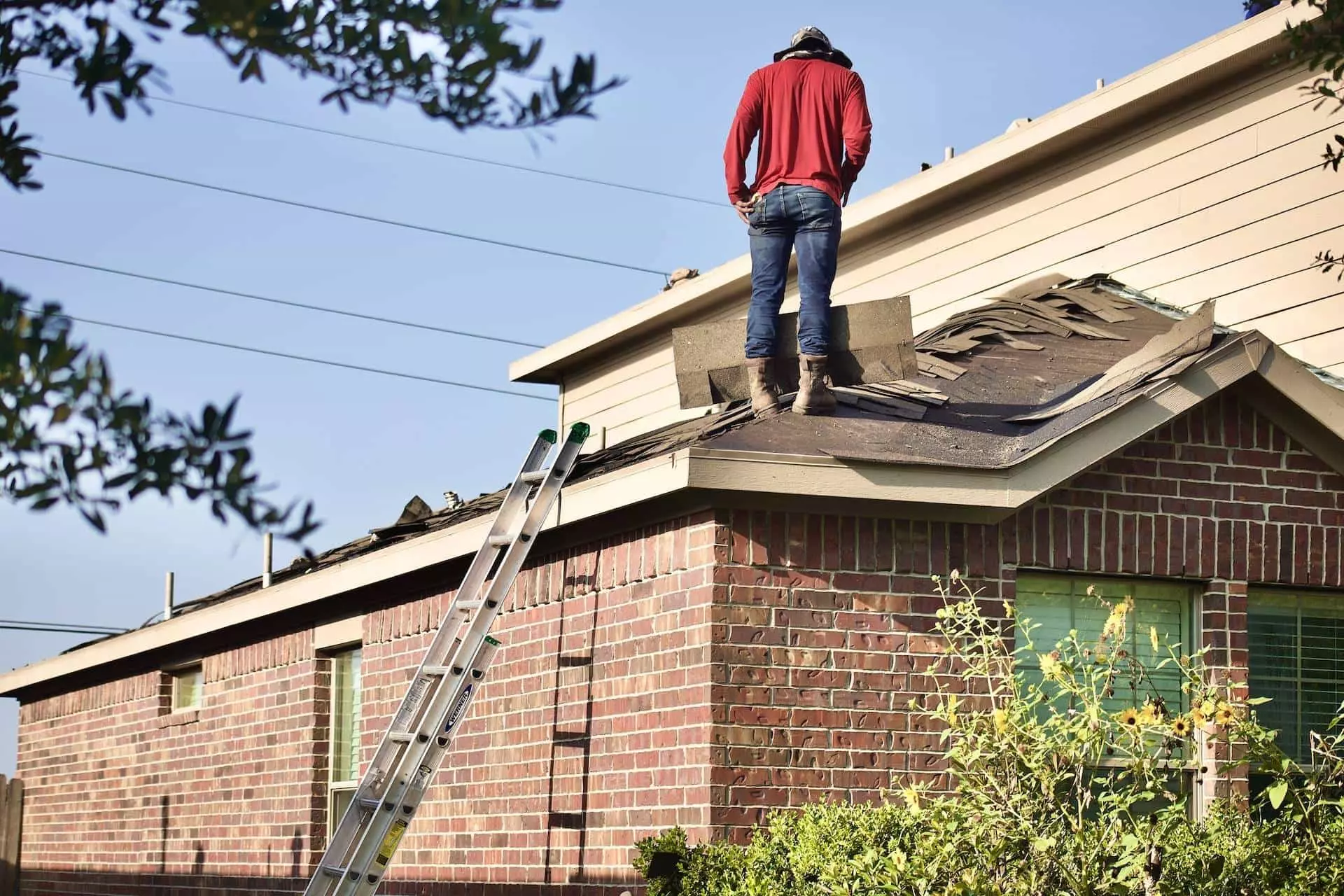
If you notice that some of your roof shingles are starting to curl, there are a few different solutions to consider:
🧰 Repairing Curled Shingles
If a few shingles are curling, it may be possible to repair them.
This will involve removing the affected shingles and replacing them with new ones.
You should consult with a roofing professional to ensure the repair is done correctly.
🧰 Replacing Damaged Shingles
If the curling shingles are widespread, it may be time to replace the whole new roof.
This will involve removing the old shingles and installing new ones correctly.
A new roof will provide the peace of mind that your home is protected from the elements.
🧰 Upgrading Your Roofing System
If your old roof is worn down, you may want to consider upgrading to a more durable material, which can prevent curling shingles from becoming a problem in the future.
🧰 Working with a Professional Roofing Contractor
Working with a roofing professional is essential to ensure your roof is correctly installed and maintained.
They can provide expert advice on how to prevent curling shingles and help you determine the best course of action if you do have curling shingles.
🏘️ Final Thoughts
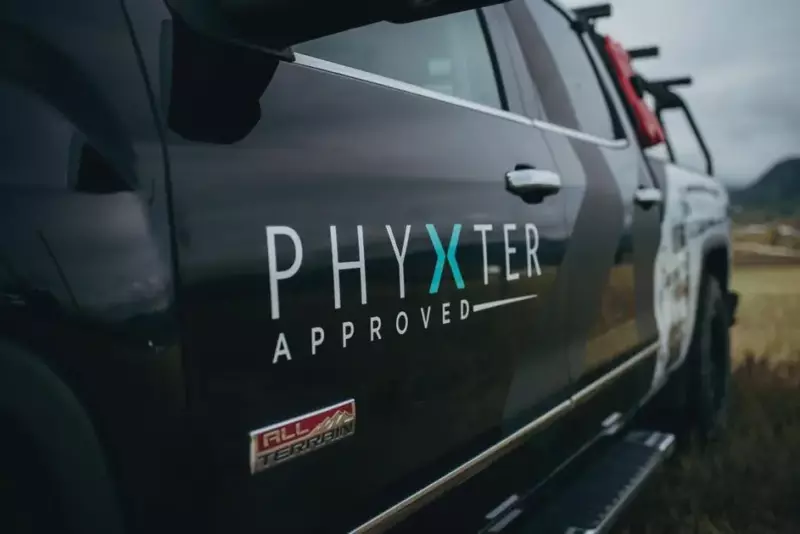
Ultimately, understanding the causes, prevention, and solutions for curling shingles is critical to maintaining the quality and longevity of your home’s roof.
Following proper installation techniques, ensuring adequate ventilation, regular maintenance, and hiring a professional roofing contractor can help prevent curling shingles from becoming a problem.
However, if you encounter issues, it is important to address them promptly to avoid further damage to your roof and home.
Want to learn more about your home? Check out our other homeowner articles and expand your roofing knowledge today!

